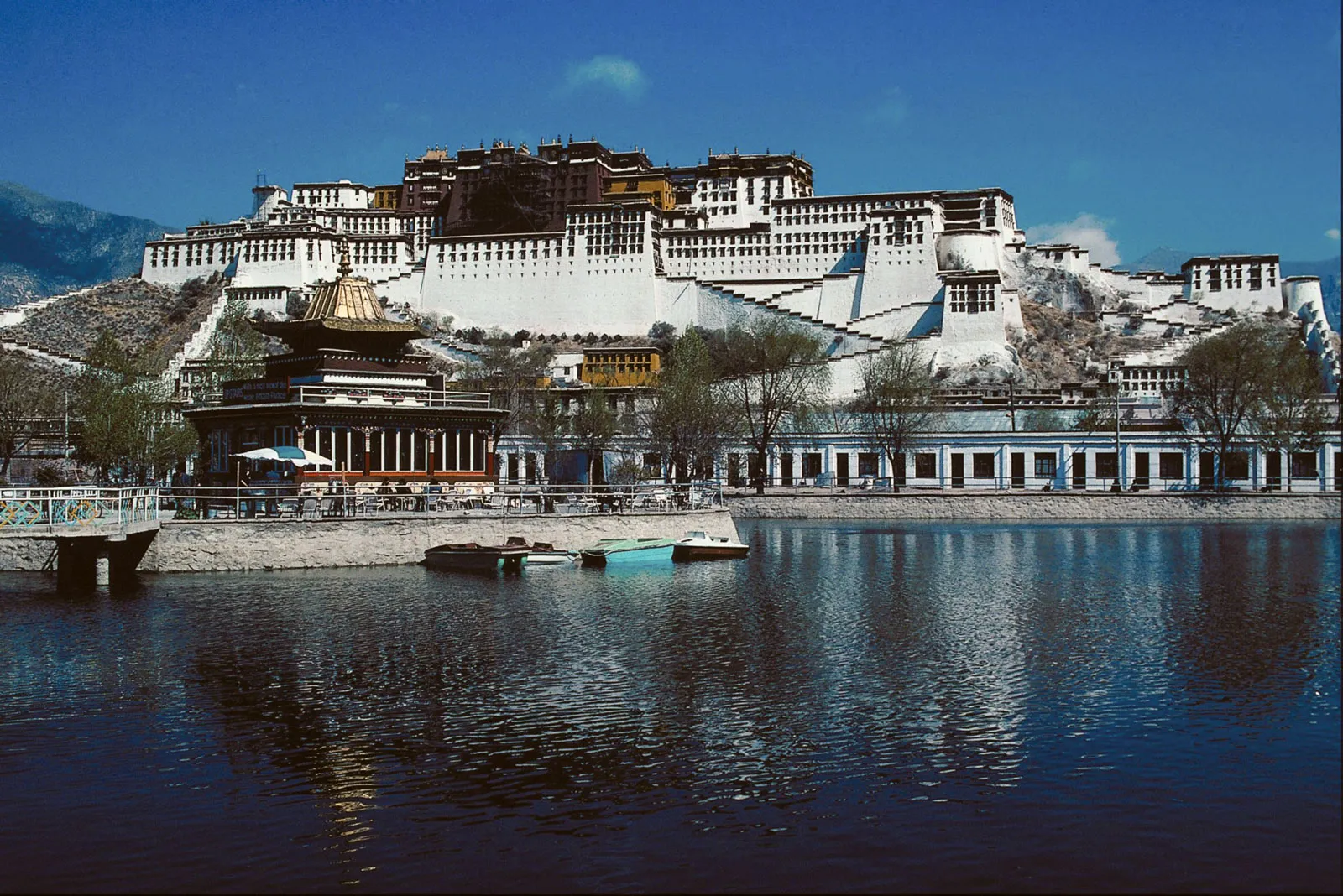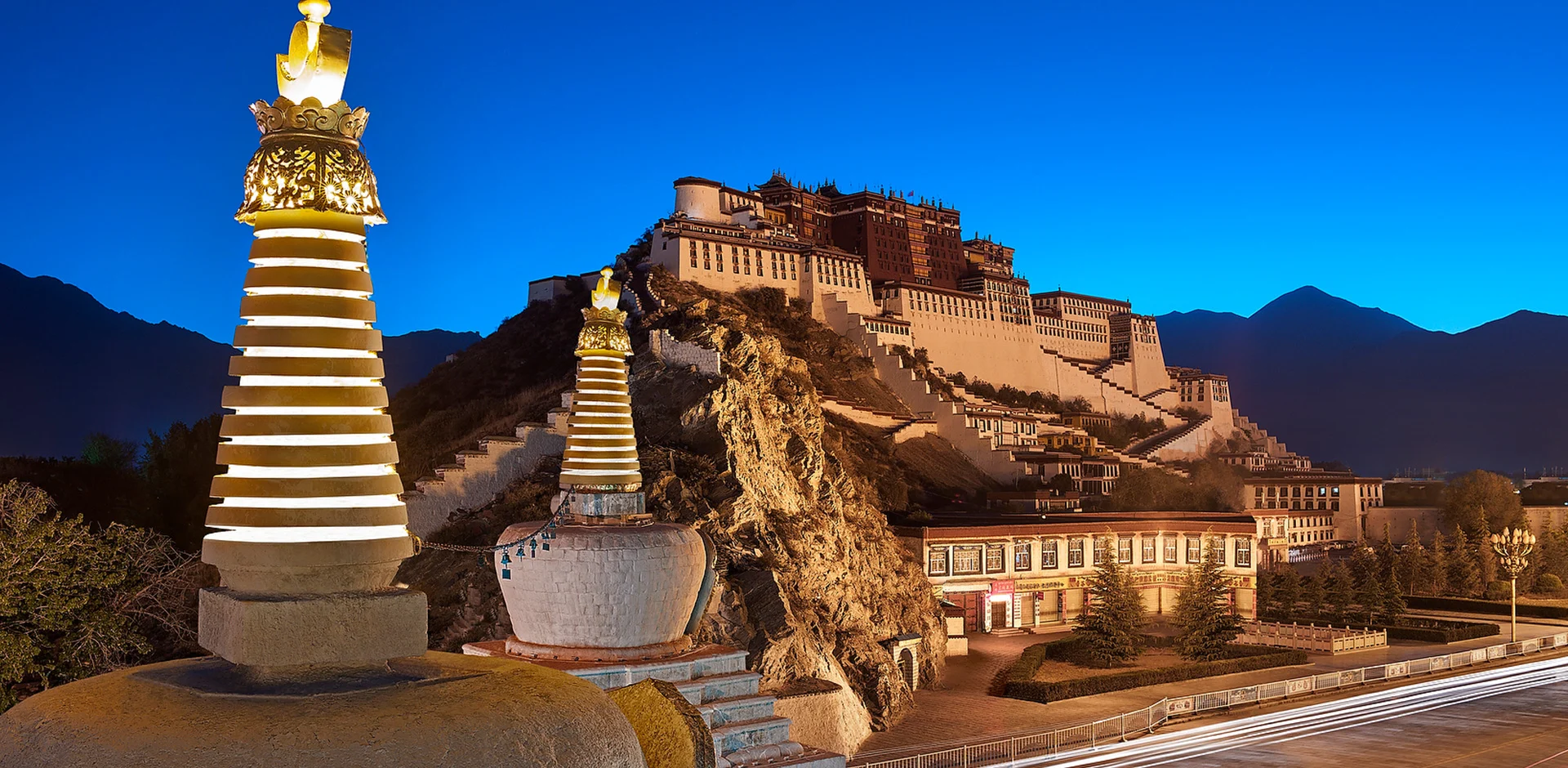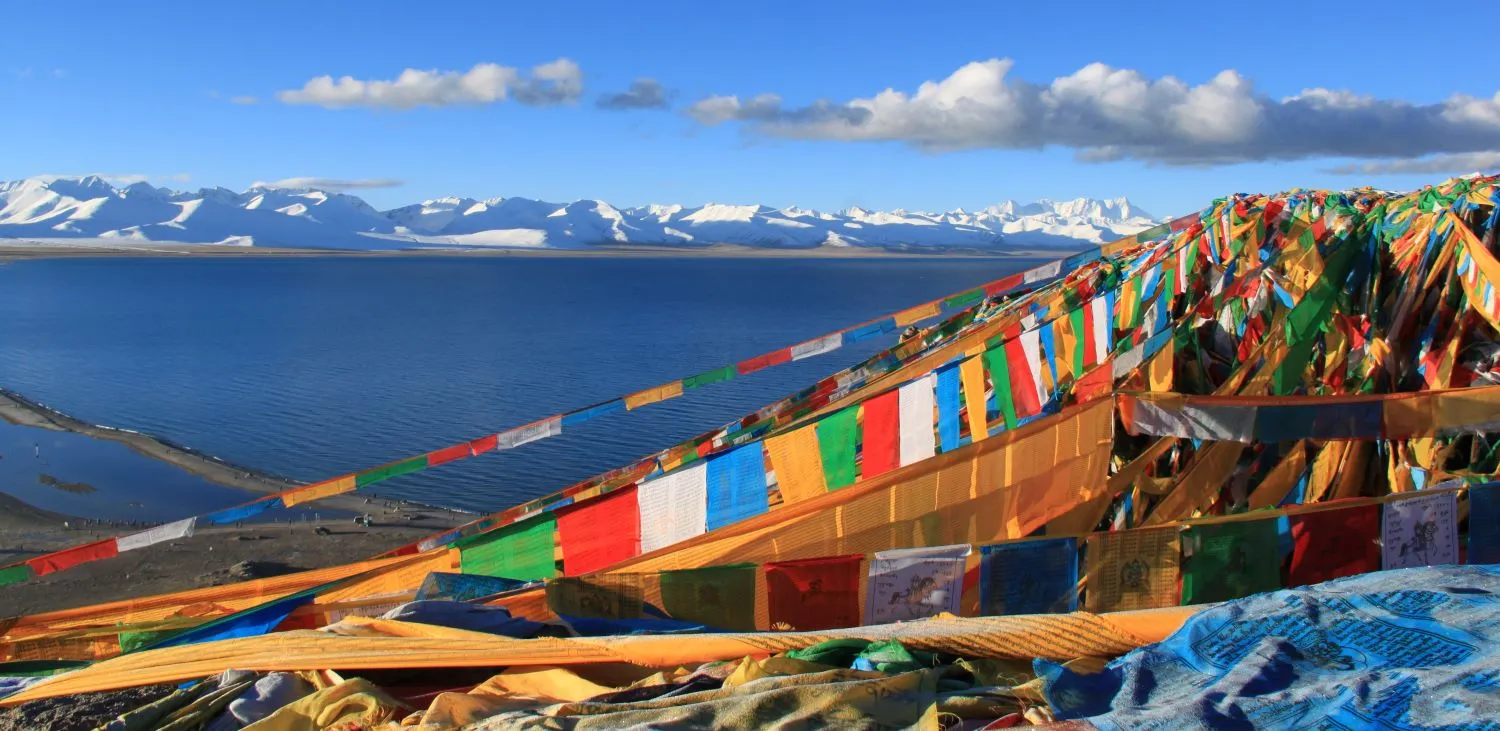
INTRODUCTION
The beautiful, rich and high Tibetan plateau shares its borders with India, Nepal, Bhutan and Burma and lies at an average altitude of over 4,000 meters above sea level. It covers an area of 1.2 million square km and is also known by the sobriquet, “the roof of the world”. Tibet is surrounded by four of the world’s 10 highest mountains and, as Asia’s principal watershed, is where many of Asia’s major river systems originate. Tibet is also famed for its imposing scenery and mysterious customs. It has a long history, towering mountains, raging rivers, breath – taking scenery and unique religious customs.
CLIMATE
Although temperatures vary greatly and in a single day can sometimes drop 15 degree C, the climate is not a harsh as most people imagine it to be, especially in the central areas of as Lhasa, Tsedang and Shigatse. The major cities in Tibet have mild weather all year around, not unbearably hot in summer, nor bitterly cold in winter. It rains quite often during the monsoon, precipitation reaching 12 inches, but it hardly ever snows in winter because of the dry conditions. However, plenty of sunshine is always available.
HEALTH
Most places one travels to in Tibet are over 3600 in altitude, so pounding hearts and shortness of breath and normal responses since they are caused by a lack of oxygen, and have nothing to do with age, sex and fitness. Relaxation for acclimatization is advisable, especially for the first day in Tibet, in order to avoid mountain sickness, dizziness, loss of appetite, nausea and vomiting, one should see a doctor. One is also advised to drink at least 4 liters of water a day because of the aridity.
WHAT YOU SHOULD TAKE?
A down jacket or warm, fleece top, thermal underwear (top and bottom), cotton shirts [Short and long sleeved], warm cotton trousers, polarized sunglasses, a beanie or warm woolen hat, gloves, a scarf (to keep out the dust as well as the cold), sandals (flip-flops), a towel, a rain jacket/coat, strong sunscreen cream and a lip protector, moisturizers, water bottle and a camera (with plenty of film and spare batteries).




